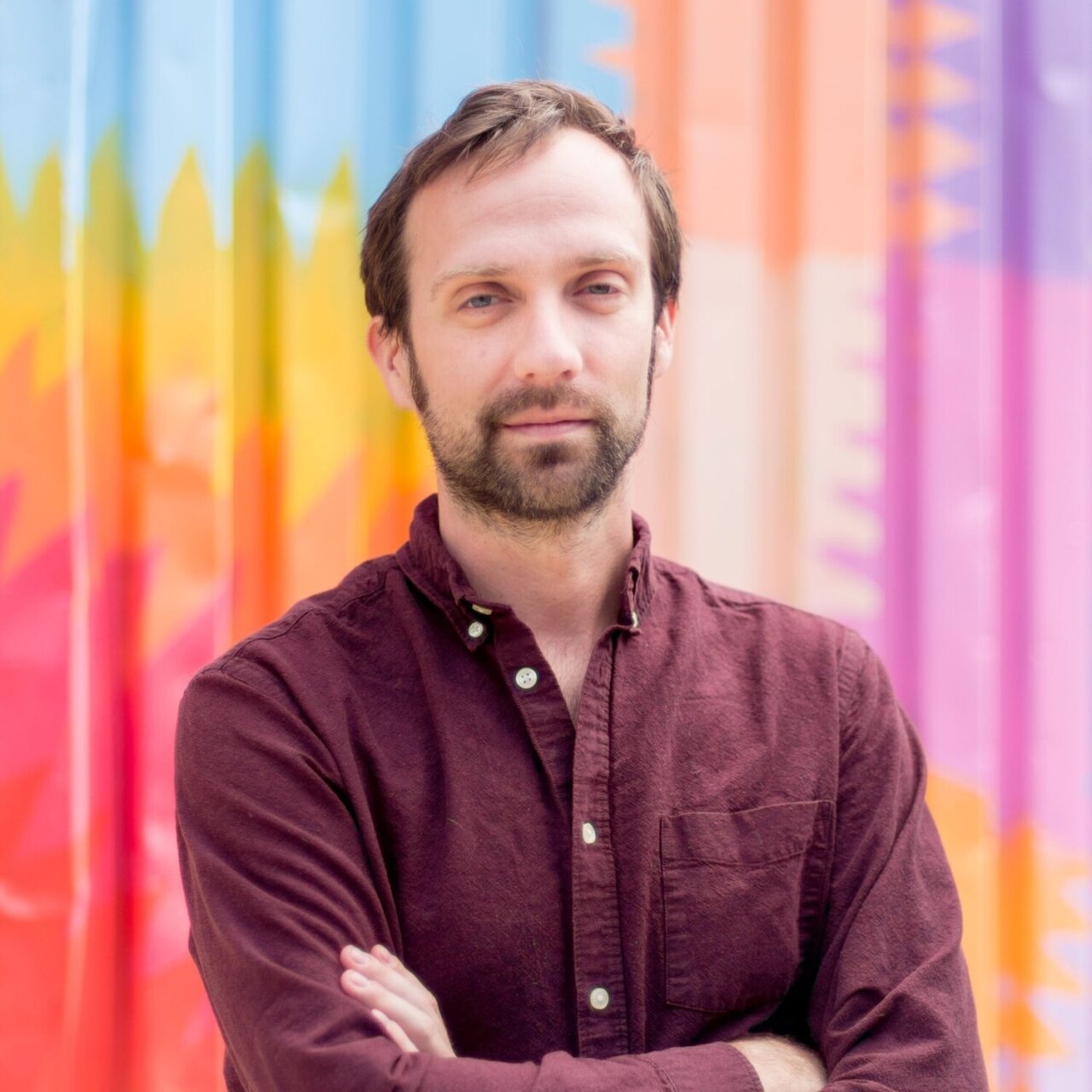James George is an Emmy-award-winning artist, entrepreneur, and computer scientist. George is CEO and Co-Founder of Scatter, a creative technology company that develops the original volumetric video capture software Depthkit.
George is a pioneer in volumetric video experience creation and software tool development.
Scatter’s product Depthkit is the most widely used tool for creating volumetric video human holograms. First launched as an open-source beta in 2011, Depthkit has enabled tens of thousand of users to create volumetric video. Today, Depthkit serves a vibrant community of global enterprises and creative artists alike. James is the primary inventor of Scatter’s patents granted by the USPTO that represent Depthkit’s foundational intellectual property for volumetric video technology.
George served as Executive Producer for Scatter’s virtual reality title Zero Days VR, which won the first News & Documentary Emmy awarded to a 6DOF Virtual Reality experience. He was nominated for a second Emmy in 2022 for The Changing Same VR, for which he also acted as Executive Producer.
Prior to founding Scatter, James was the first Artist-in-Residence at Microsoft Research in Redmond. He co-directed CLOUDS, the first virtual reality documentary to utilize volumetric video for human holograms. CLOUDS premiered at Sundance New Frontier in 2014, won the Tribeca Storyscapes Award for Transmedia that year, then toured globally before its exhibition at the New York Museum of Modern Art in 2016.
George coined the term ‘Volumetric Filmmaking’ in his 2016 essay A New Dimension in Filmmaking to distinguish the creative art form from the underlying volumetric video technology. Volumetric filmmaking has been recognized as an important emerging medium by the world’s most influential film festivals, arts organizations, and the largest technology and media companies, including Microsoft, Google, Meta, Intel, WarnerMedia, and Verizon.
